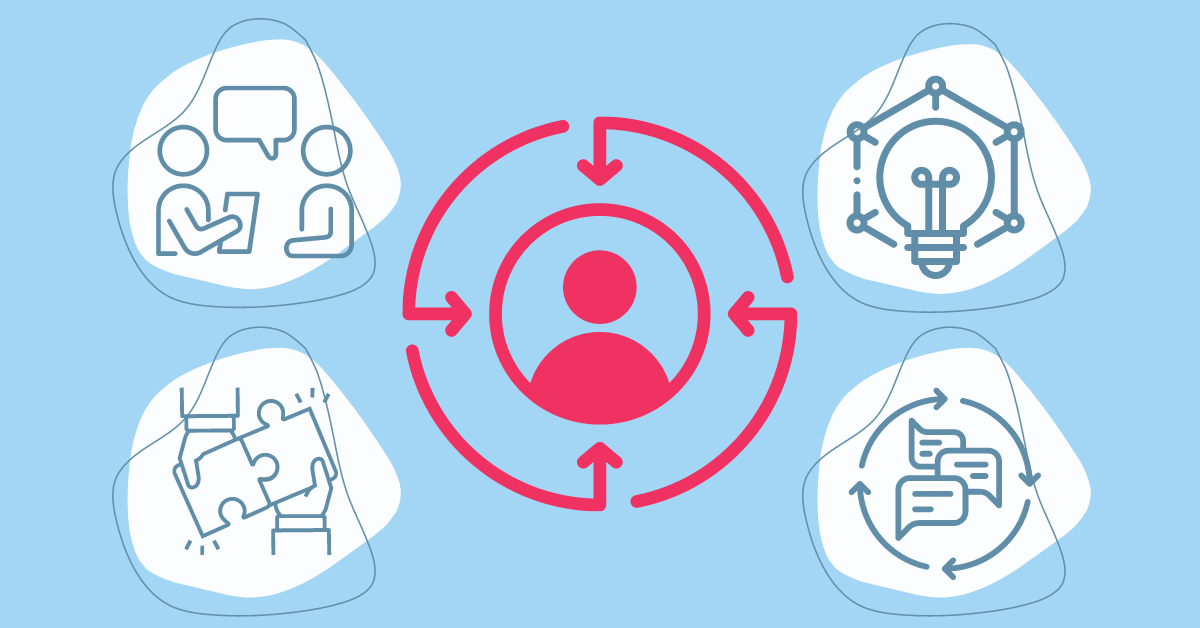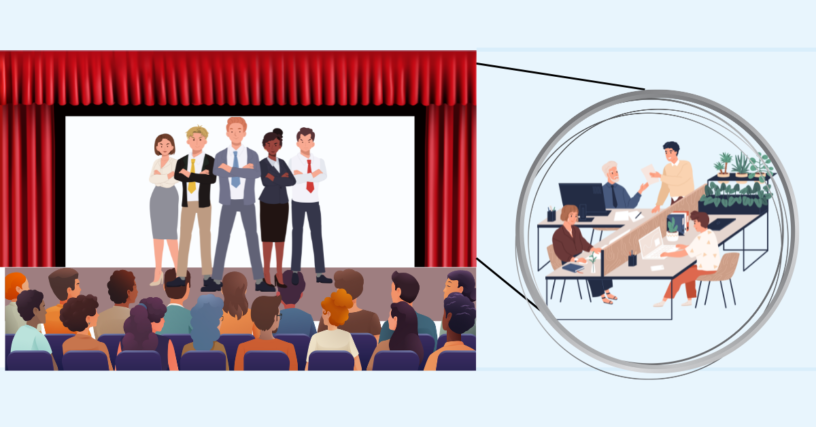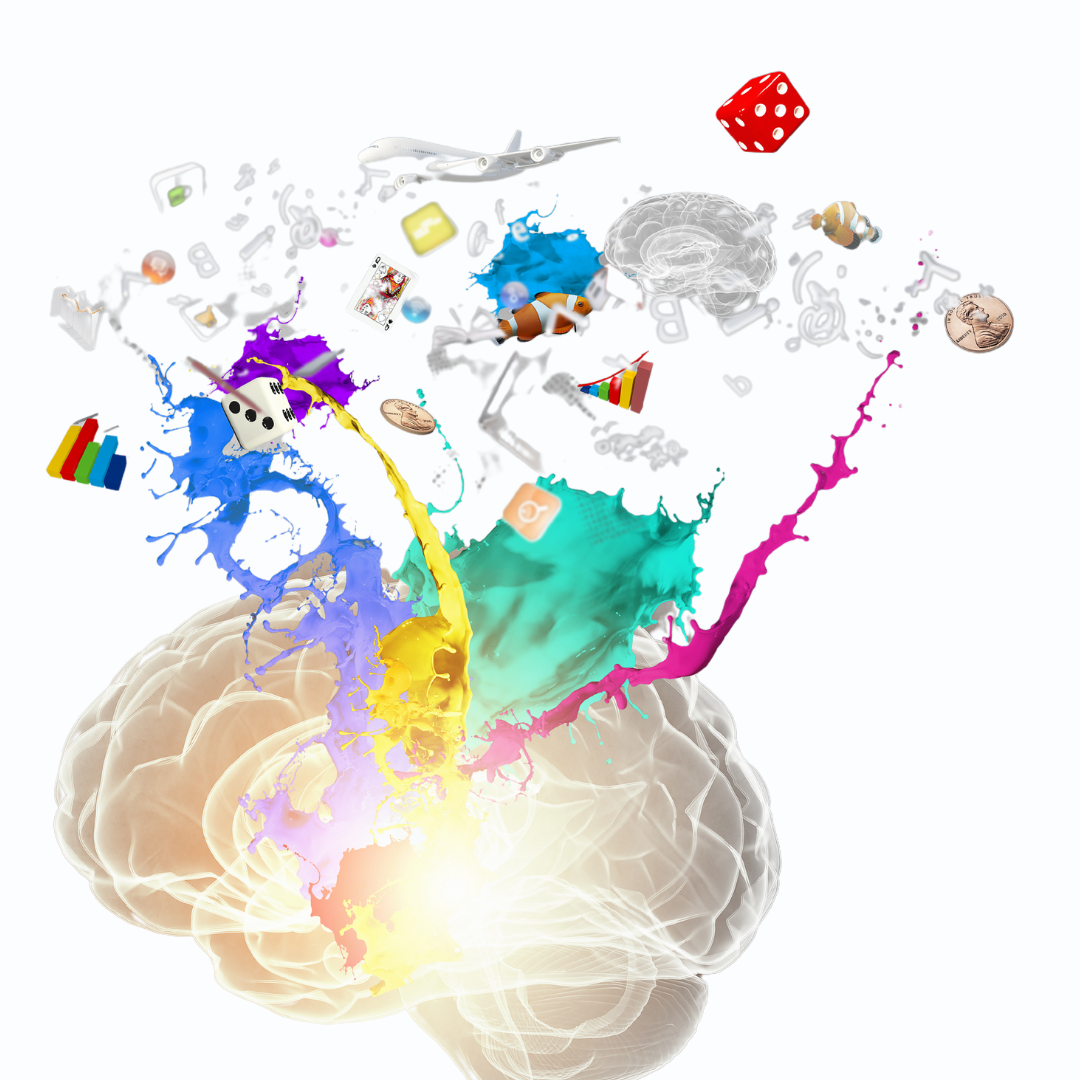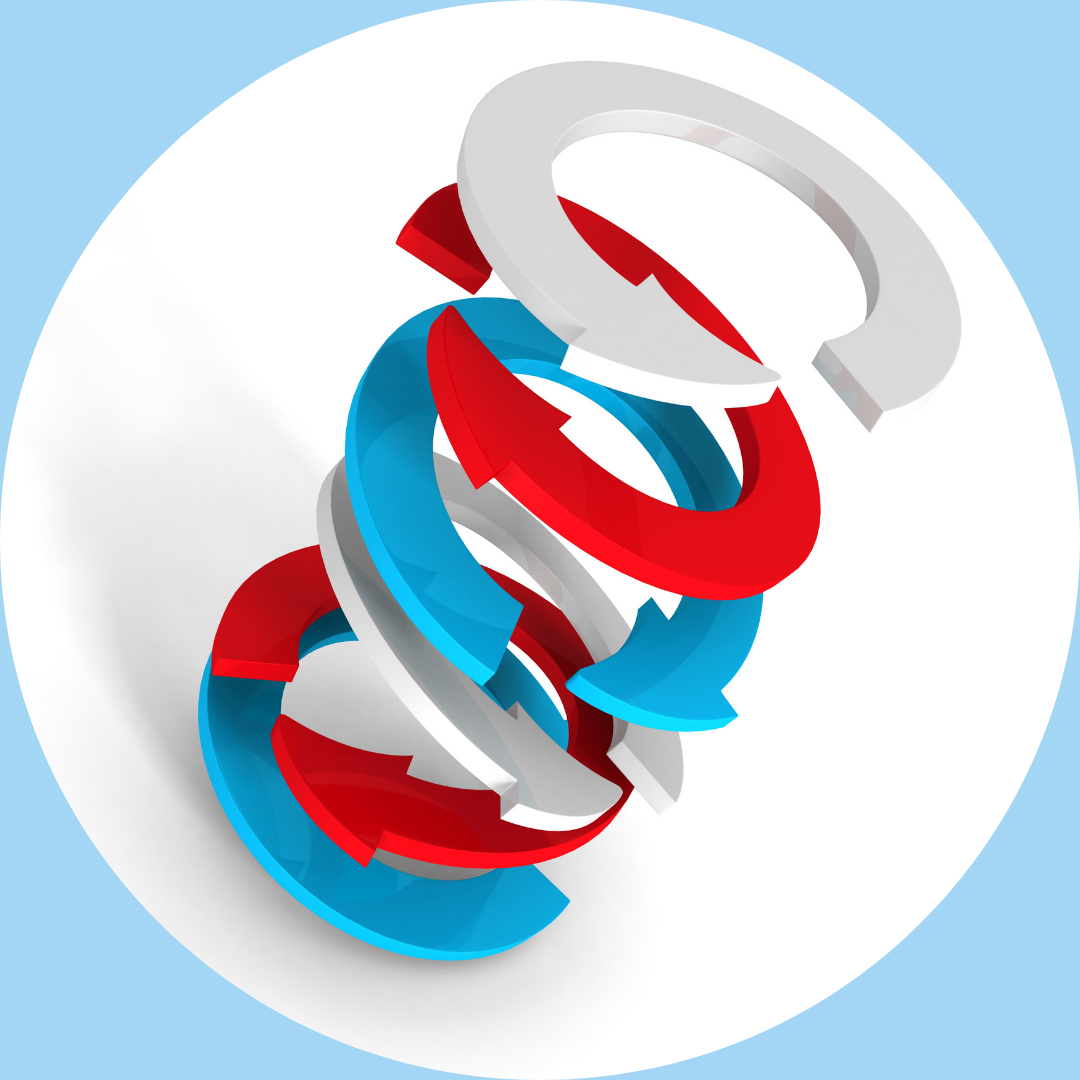What is Law Firm Service Design?

A Holistic Approach to the Client Experience
Service design is an approach that focuses on the quality of the client experience as a driver of value for both the client and the law firm. It enables law firms to better understand how the client interacts with the law firm during every step of the engagement. We can break these interactions down into three main components (the “three-Ps” of service design.)
People: Anyone who provides, impacts, uses, or is affected by the service.
Processes: Procedures, workflows, standards, or rules needed to deliver the service.
Props: Digital assets (like websites or client portals) or physical objects (even conference room furniture) used during the service.
A Science and an Art
Design is one of the few disciplines that is a science as well as an art. Effective, meaningful design requires intellectual, rational rigor along with the ability to elicit emotions and beliefs.
Debbie Millman, Host of Design Matters Podcast

5 Key Principles
In the book This is Service Design Thinking, the authors identify five key principles of service design:
- User-Centered – Focus on all the people involved – clients, attorneys, support staff, etc.
- Co-Creative – Design experiences with those impacted by them
- Sequencing – Break complex services into separate processes
- Evidencing – Like prototyping products, evidencing is a way to make experiences tangible
- Holistic – Design across all touchpoints, groups of users, and interactions
Clients are the Audience
A helpful analogy for understanding what service design is about is a theater. Your clients are the audience and they only see what is in front of the curtain – typically the lawyers and maybe a few others. But lawyers don’t work in a vacuum. There are people, systems, and processes “backstage” that help them deliver excellent legal services.
While the focus in on the client experience, service design optimizes both frontstage and backstage operations and people. Employee experience, systems, and procedures all impact the client experience.

The Service Design Mindset

Thinking like a designer can transform the way you develop products, services, processes, and even strategy.
Tim Brown, Chair of IDEO
Remember, lawyers are service providers. And in the saturated legal market where both clients and lawyers are pressured to deliver excellent legal service while containing costs, designing efficient and client-centered experiences is imperative. Lawyers can start by adopting a service designer’s mindset:

Curiosity
Being curious suspends judgment and allows new ideas to surface.

Collaboration
Designing “with you” is much more effective than designing “for you.”

Bias to Action
Taking action on an imperfect idea quickly reveals insights for improvement.

Constantly Improve
Regularly assess what is working and what could be better. Adapt quickly to client needs.
Service Design Leads to Higher Profits
Service design can help increase revenue while reducing costs – a sure way to boost per partner profits. Service design helps law firms:
- Attract and retain clients – Clients expect a great experience. When clients feel their lawyers understand them and their needs they’re more likely to stay.
- Hire and keep top talent – Employee experience is reflected in the client experience. Including employees in service design will improve their experience and your processes.
- Achieve market superiority – Only 10% of law firms devote resources specifically to curating the client experience. Taking the time to design your client experience will put your law firm at the top of the market.
Get Started with Service Design
There are a lot of resources out there to help businesses design services around their clients. You can read about journey mapping, service blueprints, and storyboards and apply them to your law firm.
Or you can hire a real lawyer and service designer to guide you. If that appeals, let’s get on a call and see how I can help.
